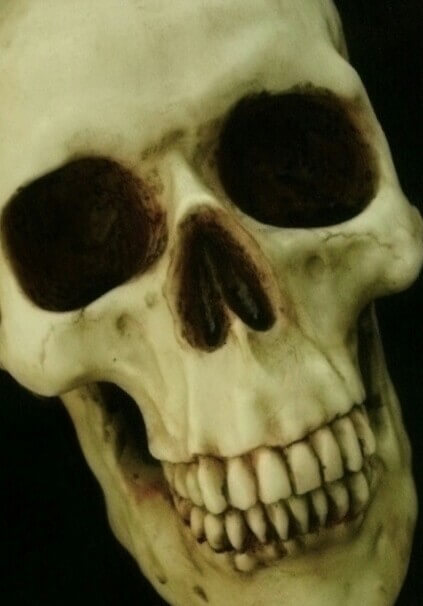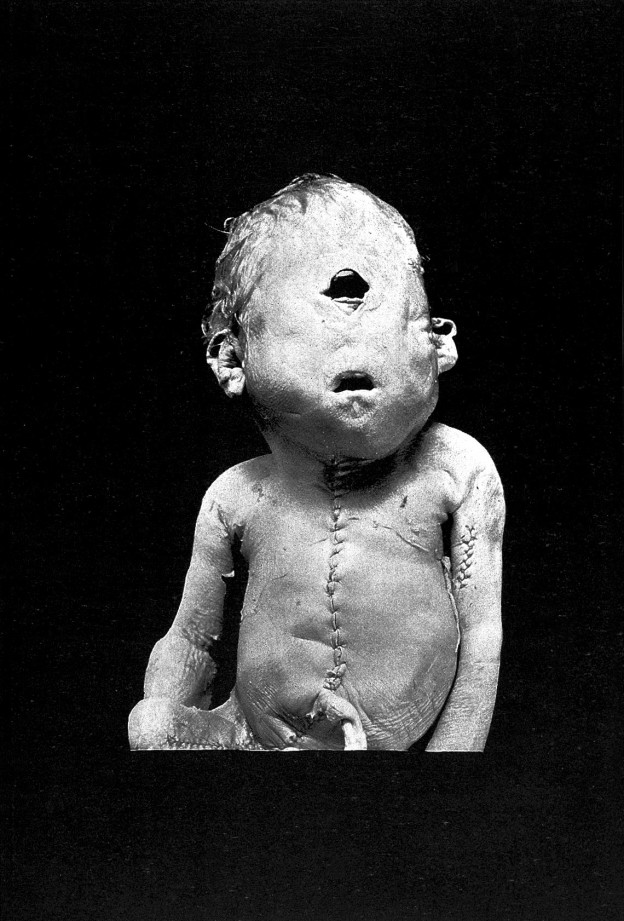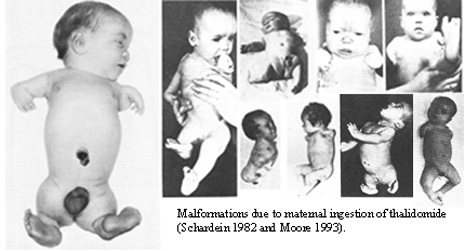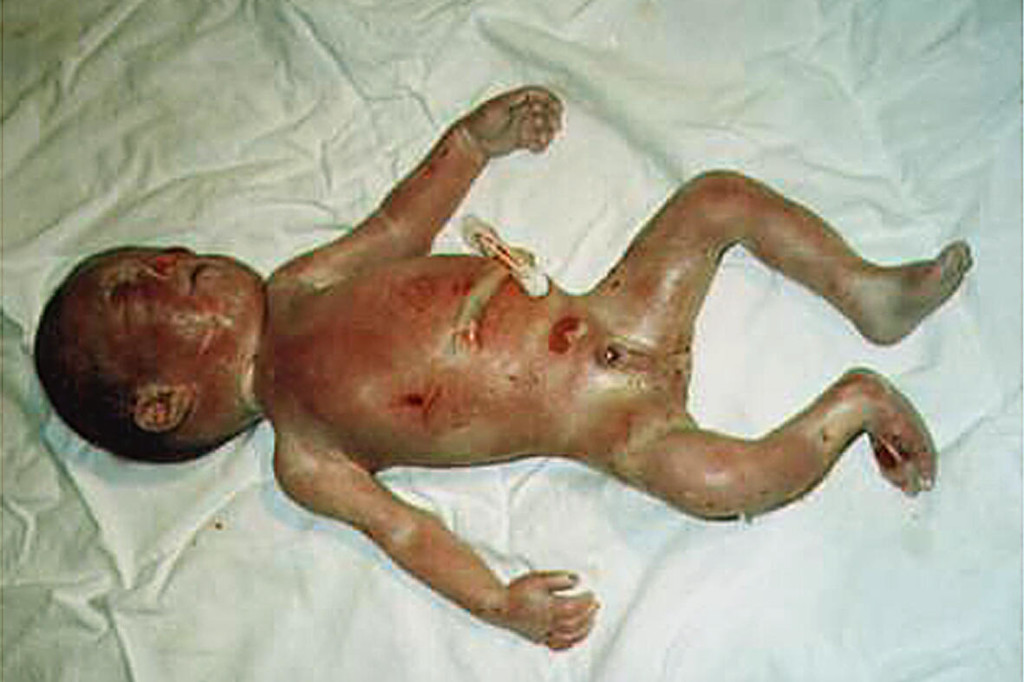In this post, we will share information about 6 deformed babies. Sadly, some who are born with malformations, don’t even make it a week past their birth. Survivors will often live in deep anguish. Unfortunately, when deformities occur in humans, sufferers (including family and friends) are forced to live a life of inconvenience and constant struggle to not only survive, but to also fit into society. It is fortunate that regardless of the severity, they will continue to strive for a better life.
In our past article called Ten Deformed People, we shared a list of ten people with different types of deformities. Some were deformities that are actually deliberate (such as the people who choose to alter their appearance by using subdermal implants). Of course, none of the six on this particular article were deliberate. All six were either present at birth, or acquired from disease or trauma.
#1 Deformity Of The Thorax
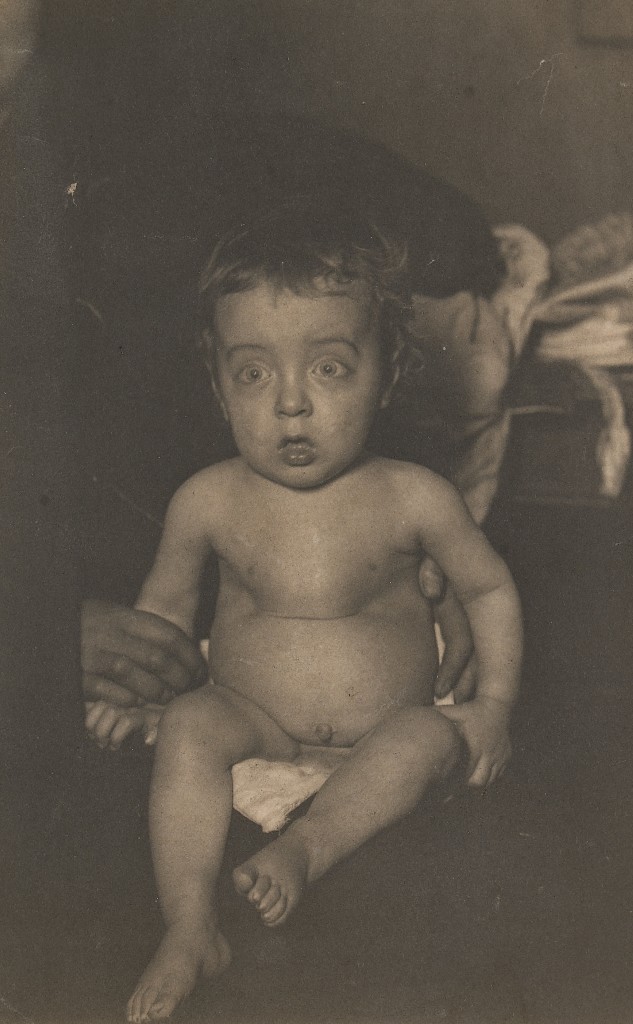
“Child with rachitic deformity of the thorax” by Wellcome is licensed under CC BY 4.0
This is a child with rachitic (relating to or affected by rickets) deformity of the thorax. Rickets is defined as defective mineralization or calcification of bones before the rounded end of a long bone (epiphysis) is closed. The primary cause of rickets is deficiency or impaired metabolism of vitamin D. However, it can also be caused by deficiency or impaired metabolism of phosphorus or calcium. The condition can lead to fractures and deformities (such as spinal, pelvic and cranial deformity).
The boy with the deformity of the thorax appears to be an advanced sufferer from rickets. You can obviously see that his chest is severely deformed. A common symptom of patients with rickets are prominent knobs of bone located at the costochondral joints (the joints between the ribs and costal cartilage located in the front of the rib cage) are known as a rachitic rosary, or beading of the ribs. The word “rosary” is used because of the appearance of large beads under the skin of the rib cage (although the image doesn’t show the appearance of beads on this particular baby with rickets).
If rickets is not treated in childhood, deformities can persist into adulthood. Patients may eventually have a curved back and permanent bends or disfiguration of the long bones. To treat rickets, doctors typically use Vitamin D. If the patient possesses severe bone abnormalities, surgery may be required.
#2 Malformation Of The Feet
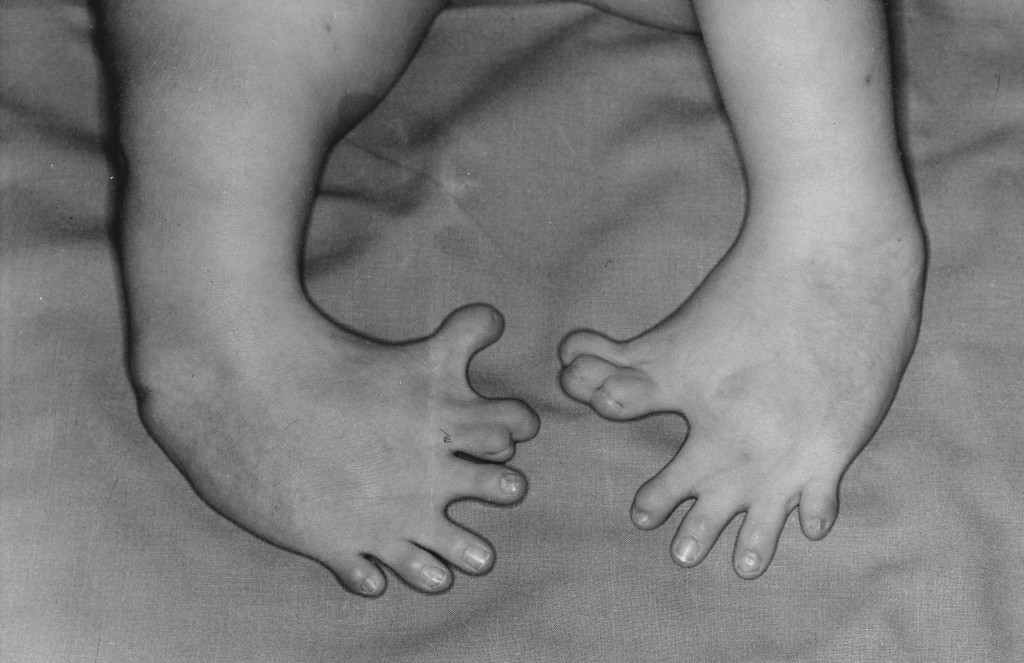
“NCP14053” by Otis Historical National Museum of Health/Medicine is licensed under CC BY 2.0
The above image shows a baby with congenital malformation of the feet. The condition was caused by the drug thalidomide. The drug thalidomide is mainly used to treat various cancers. However, it can also be used to treat some symptoms of HIV/AIDS, rheumatoid arthritis and more.
In the early days of thalidomide, it was used to alleviate morning sickness in pregnant women (and nausea). However, not long after the drug became available throughout the world, there were around 10,000 reported cases (worldwide) of infants with phocomelia (a rare congenital disorder that involves malformation of the limbs). It is even more unfortunate that only 50% of the 10,000 infants survived. Infants that were subjected to the drug (while in the womb) suffered various deformities such as underdeveloped limbs (presented as stumps), deformed eyes and deformed hearts. Due to the negative effects of the drug, more structured drug regulations were developed.
#3 Microtia: Malformed Auricle
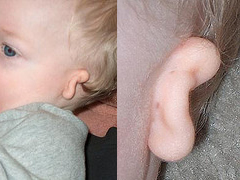
Although the condition of microtia can certainly have a significant psychological impact (such as an affect on the patient’s appearance and overall self-confidence) on a child, it can also cause some serious and unwanted physical complications. It can cause hearing loss and even speech problems.
In order to properly treat microtia, medical intervention is recommended by doctors to help correct the underdeveloped ear. Doctors recommend auricular reconstruction surgery (there are several options).
#4 A Baby With Wolf–Hirschhorn Syndrome
Above is a picture of a neonate who had suffered with Wolf-Hirschhorn syndrome. The syndrome is a condition that affects many parts of the body. This includes a characteristic facial appearance, delayed growth and development, intellectual disability and seizures. It is estimated to occur in 1 in 50,000 birth, and is caused by a missing part (deletion) of the short arm of chromosome 4.
Some common characteristics of Wolf-Hirschhorn syndrome include distinctive facial features (such as a high forehead and flat nasal bridge). The sufferers eyes are widely spaced and may be protruding. There are also other abnormal facial features such as a downturned mouth, a small chin and ears that are poorly formed (ears may have small holes or flaps of skin). The baby above clearly has facial deformities and a deformity of the feet (calcaneovalgus). He also has hypospadias (male congenital condition in which the opening of the urethra is on the underside of the penis).
Although the underlying disorder has no known treatment, patients can still receive medical treatment for a variety of complications. This includes treatment to help control seizures (such as medications), speech and communication therapy, and standard care for skeletal anomalies and other serious conditions (such as congenital heart defects). Genetic counseling is also an option.
#5 A Frog-Like Baby
The above video shows a baby that was born with severe deformities (footage may be disturbing). As you can obviously see, the baby came out looking like a frog. It is hard to see such a terrible condition this infant had to suffered with. Sadly, he died within just a few hours after delivery.
The video doesn’t say exactly what condition the infant had endured. However, due to the fact that there is an opening in the brain, it appears that the baby had the condition known as anencephaly (which we mentioned in our previous article called Human Oddities). Anencephaly is defined as the absence of a major part of the brain, skull and scalp. It occurs during development of the embryo.
#6 The Couple Who Saved A Deformed Baby’s Life
Adams is a deformed baby born in India. Although his brain, heart and lungs are healthy, due to his severe deformities, his family refused to take him home. In fact, they even wanted him to be euthanized. Thanks to the kind hearts of two hospital employees (a couple), Adam was adopted.
Today, Adam likes to laugh and play with his new brother named Elliot. Although he is learning and making good progress, he is still unable to eat normally. Although he tries very hard to talk, he cannot. He can’t eat normally nor speak because he was born without the roof of his mouth.
Adam’s new parents have plans to get his palate (the roof of the mouth) repaired. However, since he’s a citizen of India, he does not have health insurance. The surgery is said to cost up to $150,000. This has forced his parents to rely on public donations. Once Adam becomes an American citizen, he is likely to have future surgeries (such as nasal reconstruction and prosthetic legs) covered.
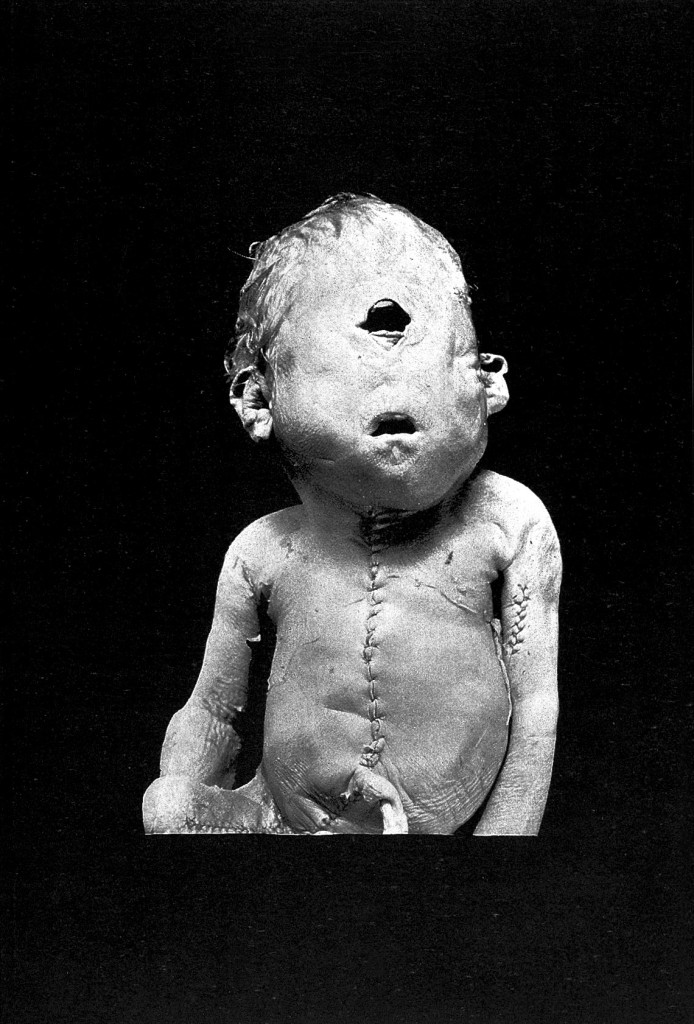
“B. C. Hirst & G. A. Piersol, Human monstrosities.” by Wellcome is licensed under CC BY 4.0
Conclusion
Although it is very sad to read about these babies with deformities, it is also nice to hear the happy part of the story (when there is one). For instance, the amazing couple who chose to adopt a baby who could have been euthanized. Of course, the story is sad, but it actually has a great ending. The baby now lives with good parents who constantly help him strive to live just like any other child.
It is unfortunate that malformations can occur in humans and even in animals. However, it can be even more heartbreaking when you see deformed babies. Like previously mentioned, the good thing is that regardless of their severe functional limitations, some are still able to enjoy their lives.
